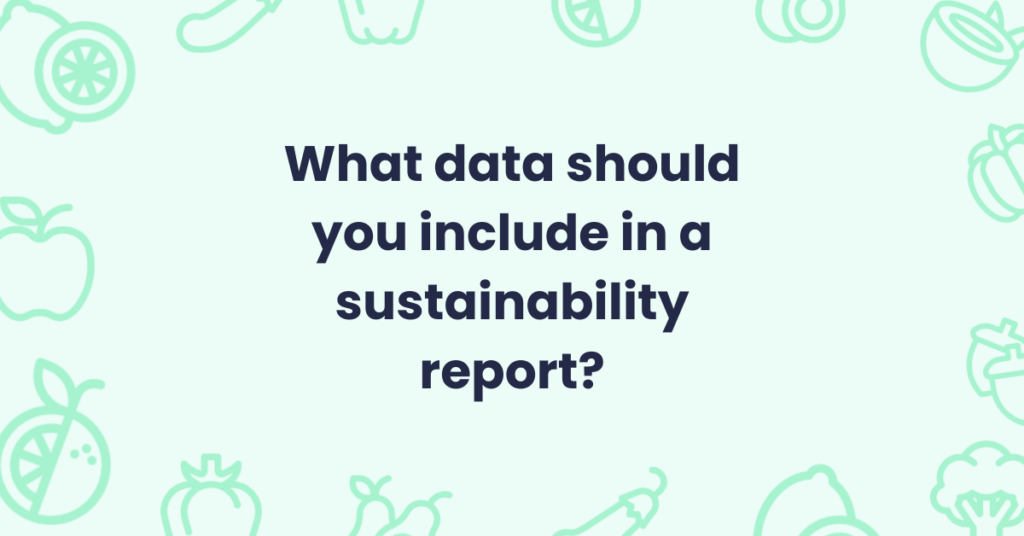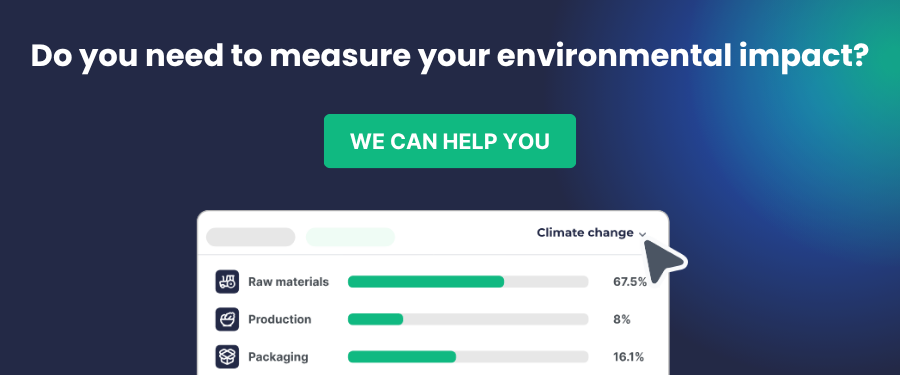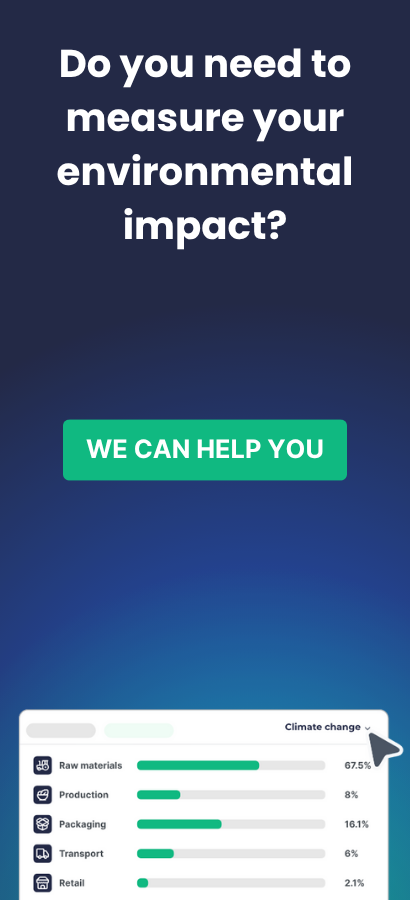Preparing an ESG (Environmental, Social, and Governance) report or sustainability report is crucial for companies that want to comply with regulations like the CSRD (Corporate Sustainability Reporting Directive) and ensure that their sustainable practices are transparent and verifiable. However, collecting the right data for these reports can be challenging if you’re not sure where to start.
In this article, we provide you with a checklist that includes the essential steps and elements you need to gather to ensure your ESG report meets sustainability standards and is valuable to all stakeholders.
Why is a good ESG report important?
ESG reports allow companies to demonstrate their environmental impact, social responsibility, and governance practices. Complying with regulations like the CSRD or Law 11/2018 not only improves transparency but also increases the company’s credibility with investors, customers, and other stakeholders.
Proper collection of ESG data is not only necessary for legal compliance but also helps identify areas for improvement and make more informed, responsible decisions.
Checklist of data for an ESG report
1. Environmental Data
Environmental data are essential to show how the company impacts the environment and what measures are being taken to mitigate that impact. These data must be measurable, traceable, and verifiable.
Key elements to collect:
- Carbon footprint: CO2 emissions across the three scopes (direct, indirect, and supply chain).
- Energy consumption: Use of renewable vs. non-renewable energy sources.
- Water consumption: Amount of water used in production processes and measures to reduce usage.
- Waste: Amount of waste generated, management methods, and recycling rates.
- Biodiversity impact: Impact on local or global ecosystems due to the company’s operations.
- Circular economy: Measures adopted to reuse materials and reduce waste.
Tip: Use lifecycle analysis (LCA) tools like Trazable Life Cycle to measure the environmental impacts of your products or services.
2. Social Data
Social indicators demonstrate how the company manages its relationships with employees, suppliers, customers, and the communities where it operates.
Key elements to collect:
- Diversity and inclusion: Workforce composition by gender, age, background, and other diversity factors.
- Working conditions: Occupational health and safety policies, working hours, and labor rights.
- Training and development: Investments in employee training and professional development.
- Community relations: The company’s positive impact on local communities, including corporate social responsibility (CSR) activities.
- Human rights: Policies and procedures to ensure respect for human rights throughout the supply chain.
- Impact on local communities: Economic and social benefits generated in areas where the company operates.
3. Governance Data
Governance data are crucial to demonstrate transparency and accountability in the company’s management. Investors and regulators want to ensure that companies have proper practices in place to manage risks, conflicts of interest, and ensure ethical behavior.
Key elements to collect:
- Governance structure: Composition of the board of directors, including gender diversity and rotation policies.
- Remuneration: Executive compensation policies, including incentives linked to ESG performance.
- Ethics and anti-corruption: Measures implemented to prevent corrupt practices within the company.
- Risk management: Processes for identifying, evaluating, and managing risks (including ESG risks).
- Regulatory compliance: Ensure that the company complies with all applicable laws and regulations.
4. Supply Chain Data
One of the most challenging aspects of preparing ESG reports is collecting data from the supply chain, as companies often do not have direct control over their suppliers.
Key elements to collect:
- Environmental impact of suppliers: Emissions and resource consumption from suppliers.
- Compliance with social standards: Ensuring that suppliers respect human and labor rights.
- Transparency: Require suppliers to provide verifiable ESG data for integration into the final report.
5. Establish a recognized reporting framework
To ensure that collected ESG data are comparable, verifiable, and standardized, it’s essential to follow a recognized reporting framework. The most widely used are:
- CSRD: Required in the European Union, it is key to ensuring legal compliance and standardizing ESG data.
- GRI: The Global Reporting Initiative Standards are widely used globally and offer a comprehensive guide for ESG reporting.
- SASB: The Sustainability Accounting Standards Board standards are useful for companies seeking detailed information on specific ESG metrics by sector.
Choosing the right framework will depend on your company’s needs and the regulations with which you must comply.
6. Data verifiability and auditability
For an ESG report to be valid, the data collected must be verifiable. This means that they can be audited by third parties to ensure accuracy and traceability.
Key steps:
- Document data collection processes so they can be reviewed.
- Keep detailed records of all data sources and how they were obtained.
- Subject reports to external audits.
Final ESG data checklist
Here is a summary in checklist format with all the key data you need to collect for your ESG report:
- Environmental:
- Carbon footprint (Scopes 1, 2, and 3)
- Energy consumption and renewable sources
- Water consumption and management
- Waste management and circular economy
- Biodiversity impact
- Social:
- Diversity and inclusion
- Working conditions and safety
- Training and development
- Community relations and CSR
- Human rights
- Governance:
- Governance structure
- Compensation policies
- Ethics and anti-corruption
- Risk management
- Regulatory compliance
- Supply chain:
- Environmental impact of suppliers
- Compliance with social standards
- Transparency and traceability
Conclusion
Collecting the right data for your ESG report is essential for complying with regulations like the CSRD or Law 11/2018 and for demonstrating your commitment to sustainability. Using a checklist will help ensure that no important metric is overlooked and that reports are accurate, verifiable, and compliant with the strictest frameworks.



